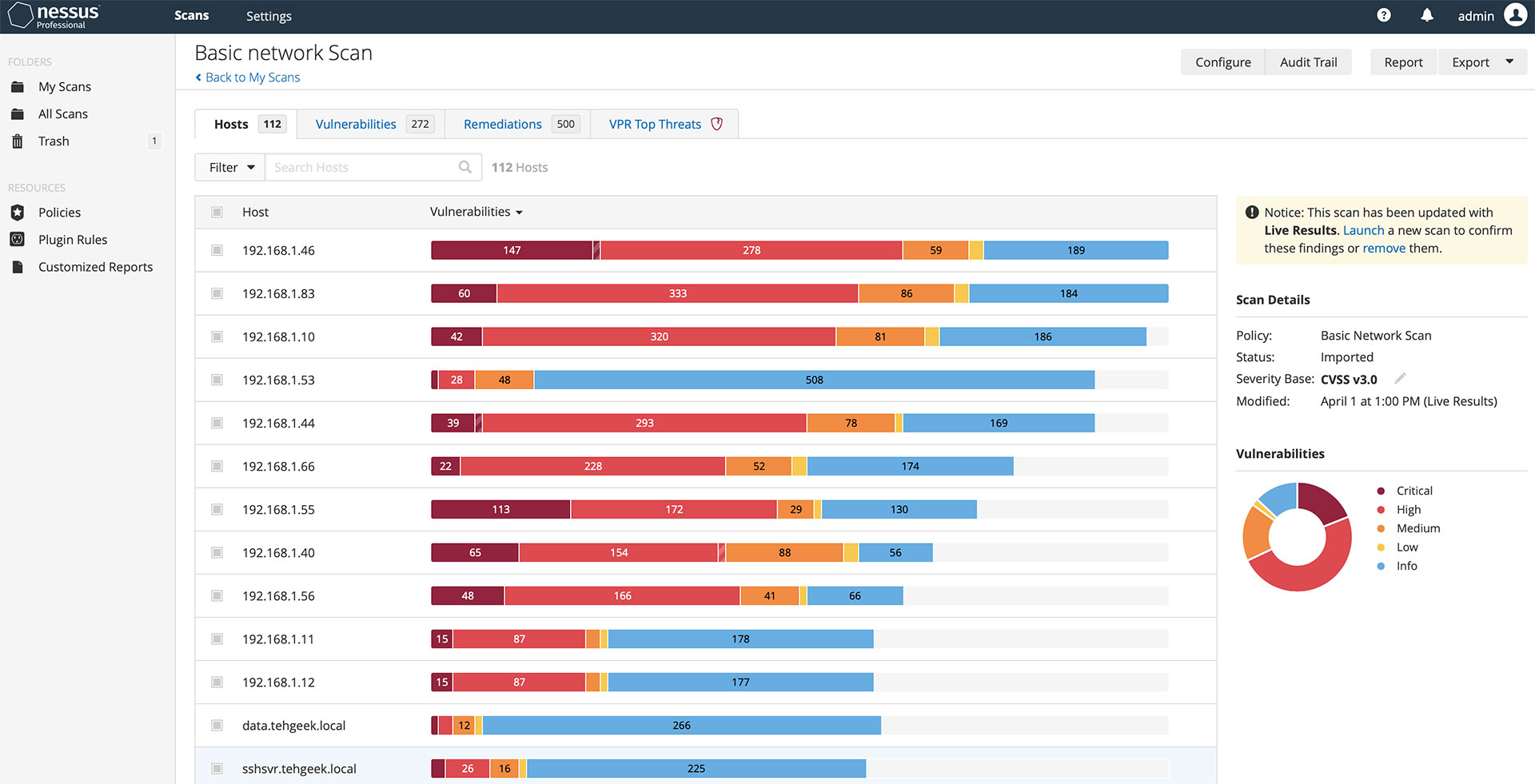
Book a Discovery Call
- How long does it take to become compliant?
- How much does it cost to become compliant?
- See a demo of our solution


Quick & Simple
Whether you need to meet and maintain your compliance requirements, help your clients meet them, or verify supplier compliance we have the expertise and solution for you
We typically reply within minutes